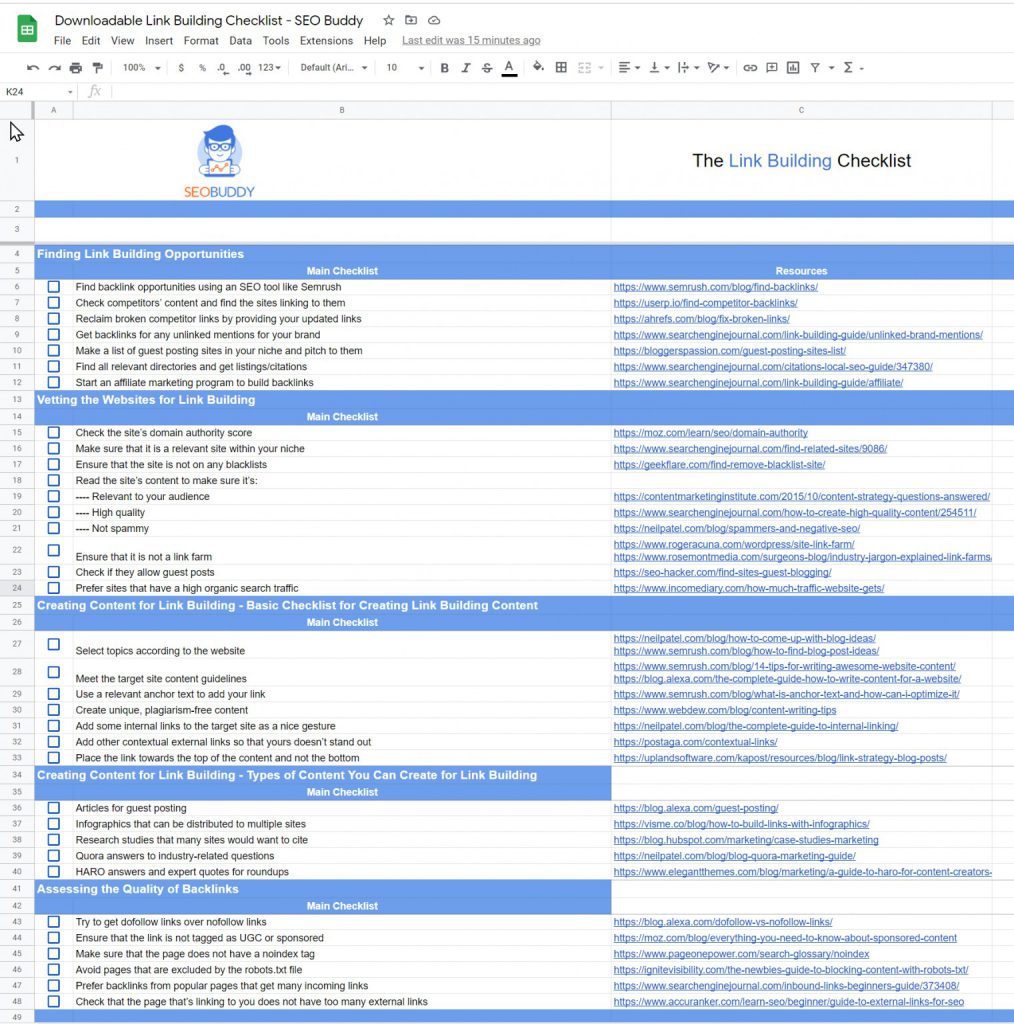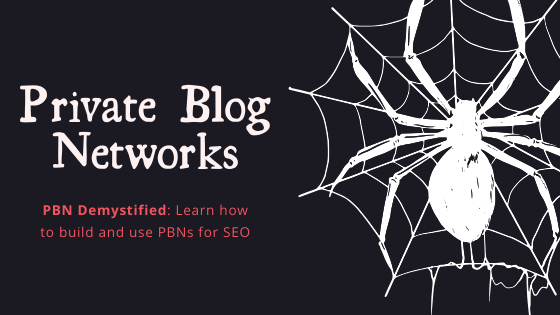All Categories
Featured
Table of Contents
- – What Is The Leading Improving Rankings With Se...
- – What Is The Most Suitable Semantic Content Opt...
- – Which Is The Top Semantic Keyword Research Br...
- – What Is The Premier Advanced Semantic Seo Com...
- – Which Is The Most Trusted Semantic Seo Optim...
- – How Much Does It Cost To Have A Semantic Seo...
- – Top Semantic Seo Strategies Shop Near Me
The internet is transforming, coming to be much more and much more semantic. SEO is also changing and coming to be a lot more semantic. This is because internet search engine have actually progressed and are moving an increasing number of towards reading content on the internet. Obviously, that has actually likewise changed the means we create material, especially if we wish to rate far better in the online search engine.
Intertwingularity is not normally recognized, individuals keep claiming they can make points deeply ordered, categorizable and sequential when they can't. Based on the partnerships between search intents, the search engine prefers a material in placing by determining the distance between the vectors of significance.
It permits you to see, starting from a subject, all the entities that belong to that topic. In this manner you can clearly see which entities/concepts/ideas have already been covered on your internet site, and you can find new possibilities by comprehending what web content you can include and just how to create it.
What Is The Leading Improving Rankings With Semantic Seo Service In My Area?
It has the ability to make your material reasonable for search engines on the one hand and for your audience on the various other. Structuring your material design highlights your web content and its underlying partnerships to make sure that online search engine can recognize you amongst hundreds of items of info, making you much more visible to individuals who meet the search intent relevant to your service.
In semantic SEO copywriting, an editor starts from a more comprehensive variety of subjects and customizes the material to consist of semantically relevant terms and phrases that assist visitors comprehend a topic, similar to reviewing web content in a wiki. From a material composing viewpoint, one functional method to do this is to create a vocabulary of terms and questions surrounding your target topic.
What Is The Most Suitable Semantic Content Optimization To Get Right Now
Discover more regarding by seeing the by!.

Semantic search refers to the process of how online search engine recognize and match key phrases to a searcher's intent in organic search results page. Prior to semantic search, internet search engine like Google operated like matchmakersaligning specific words in your question with those exact words on webpages. The outcomes were straightforward but frequently lacked deepness.
Which Is The Top Semantic Keyword Research Brand
It enables Google to provide quick, accurate response to look queries concerning real-world topics. When you kind a question word into Google, you're not just entering a series of words. You touch into an intricate internet of definitions and links. Google's Expertise Chart sees these words as entities with context and connections.
When you look for "Apple," Google doesn't just see a word that defines a fruit. It identifies Apple as a company and can provide related info. It was Google's solution to the rise of voice searches, where queries ended up being a lot more conversational and nuanced.
What Is The Premier Advanced Semantic Seo Company?
By integrating NLP, Hummingbird permitted Google to relocate past mere keyword matching. It aided the internet search engine comprehend search intent, increasing the chances that results would properly match the factor behind a customer's search. As the third crucial ranking factor after material and links, RankBrain has boosted Google's semantic search abilities to recognize the significance of search queries.
RankBrain is an artificial intelligence system that assists Google analyze queries it hasn't seen prior to. It can make assumptions regarding words and phrases it does not identify and filter results as necessary. Making it much more efficient at handling never-before-seen search queries. RankBrain takes into consideration more than simply search phrases when analyzing a search question.
It fetches results that match the key words and straighten with the total intent of giving pup training guidance. And if the user frequently searches for dog-related material, Google may focus on a lot more comprehensive training guidesrecognizing the customer's continuous passion in the topic. Incorporating technologies like the Expertise Chart, Hummingbird, and RankBrain, semantic search helps the Google algorithm interpret and connect information throughout a vast web of details.
Which Is The Most Trusted Semantic Seo Optimization Tools Provider
The emphasis changes from keyword selection to a holistic strategy including user intent, topical importance, and overall customer experience. Creating material that addresses the searcher's demands with comprehensive details can enhance your SERP positions.
A broader method to material aligns better with semantic search's shift away from exact search phrase matching and towards customer intent. Content that covers search inquiries a lot more extensively not just pleases customers.
And 5 times greater than sites that take 10 secs to tons. While technological SEO makes certain optimal website efficiency and access, concentrating on individual experience (UX) takes it an action even more. UX intends to create an aesthetically appealing, straightforward interface with engaging, quality material that urges site visitors to remain. Semantic search modern technology enables search engines to go for outcomes that supply the best feasible UX.
How Much Does It Cost To Have A Semantic Seo Framework?

All showcase Google's ability to resolve a subject inquiry thoroughly. By recognizing the context and intent behind individual inquiries, search engines can provide much more pertinent information and potentially boost customer involvement. Personalization in search results creates far better UX.Based on your previous search history and choices as an individual, semantic search assists online search engine tailor the results to match your special needs and passions.
It brings outcomes that match the keywords and align with the overall intent of offering pup training advice. And if the user frequently looks for dog-related material, Google might prioritize much more in-depth training guidesrecognizing the customer's ongoing interest in the topic. Combining technologies like the Expertise Chart, Hummingbird, and RankBrain, semantic search aids the Google algorithm interpret and link information throughout a large internet of details.
Top Semantic Seo Strategies Shop Near Me
The emphasis shifts from keyword option to a holistic approach encompassing user intent, topical importance, and overall customer experience. Producing material that attends to the searcher's needs with thorough info can enhance your SERP rankings.

A more comprehensive approach to material aligns much better with semantic search's change away from specific keyword matching and toward user intent. Web content that covers search questions more extensively not only satisfies individuals.
And 5 times more than sites that take 10 secs to tons. While technological search engine optimization guarantees optimum web site efficiency and availability, concentrating on customer experience (UX) takes it an action further. UX aims to produce a visually appealing, user-friendly user interface with engaging, high quality web content that motivates visitors to stay. Semantic search modern technology makes it possible for search engines to go for outcomes that supply the ideal possible UX.
All display Google's capability to deal with a topic query adequately. By comprehending the context and intent behind individual inquiries, internet search engine can deliver a lot more pertinent information and potentially increase customer engagement. Customization in search results creates far better UX.Based on your previous search background and preferences as an individual, semantic search assists search engines customize the results to suit your distinct demands and passions.
Table of Contents
- – What Is The Leading Improving Rankings With Se...
- – What Is The Most Suitable Semantic Content Opt...
- – Which Is The Top Semantic Keyword Research Br...
- – What Is The Premier Advanced Semantic Seo Com...
- – Which Is The Most Trusted Semantic Seo Optim...
- – How Much Does It Cost To Have A Semantic Seo...
- – Top Semantic Seo Strategies Shop Near Me
Latest Posts
What Are The Leading Semantic Seo Strategies Companies?
Who Has The Most Recommended Semantic Seo Techniques?
Top Semantic Seo Services Deals Near Me
More
Latest Posts
What Are The Leading Semantic Seo Strategies Companies?
Who Has The Most Recommended Semantic Seo Techniques?
Top Semantic Seo Services Deals Near Me